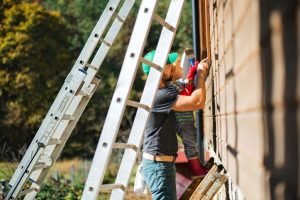Last Updated on June 4, 2024 by teamobn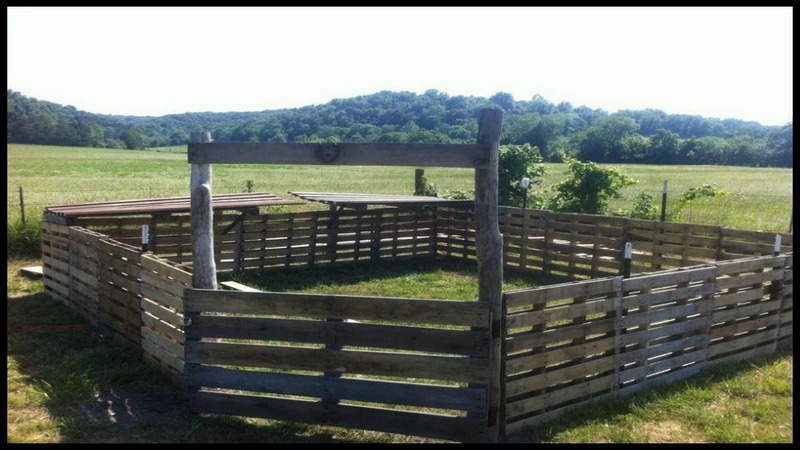
Need to build a fence? Here’s an unusual and inexpensive solution – pallet fencing! They’re cheap and cheerful yet easy and remarkably robust!
There are many purposes for fences and they vary widely depending on what is needed. A fence can be used for privacy and security, and some are even used for decoration.
It is important for you to decide what your fence will be used for and base your fence on this use.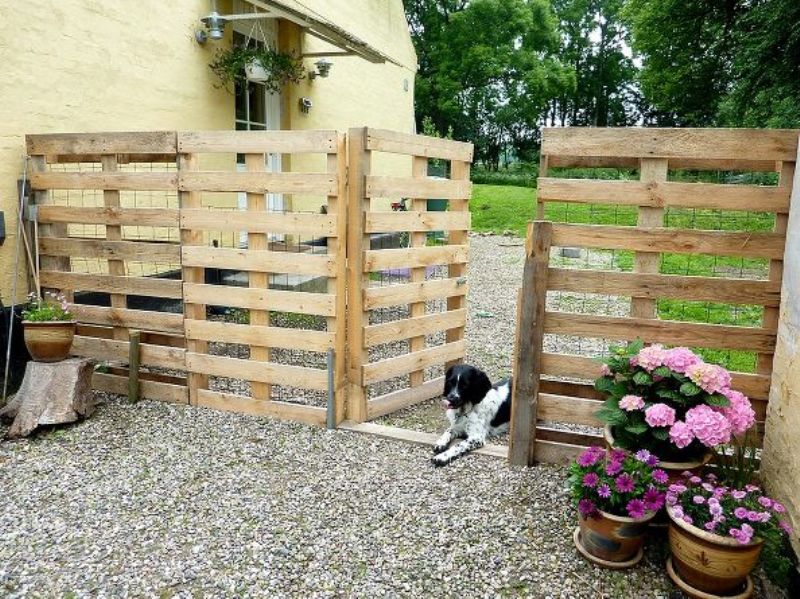
Building Pallet Fencing
Building a pallet fence is a fantastic DIY project that can provide both functionality and aesthetic appeal to your property. Whether you’re aiming to add privacy, secure a garden area, or simply enhance your outdoor decor, pallet fencing is an economical and environmentally friendly choice. Here’s a detailed step-by-step guide to help you construct your own pallet fence.
Step 1: Tools & Materials
- Pallets: The number depends on the length of the fence you want to build. Ensure all pallets are the same size for a uniform look.
- Posts: Wooden or metal posts for supporting the pallets.
- Nails or Screws: To secure the pallets to the posts.
- Hammer or Screwdriver: Depending on whether you use nails or screws.
- Saw: If any cutting is needed.
- Sandpaper or a Power Sander: To smooth out rough edges.
- Paint or Stain (optional): For finishing the fence.
- Level: To ensure your fence lines up straight.
- Measuring Tape: For precise measurements.
- Shovel or Post Hole Digger: For installing posts.
Step 2: Prepare the Area
Clear the line where you intend to install the fence from any debris, rocks, or vegetation. Measure the length of the area to determine how many pallets you will need. Mark the ground where you will place the posts — typically, posts are set 6 to 8 feet apart.
Step 3: Install the Posts
Dig holes for your posts about one-third as deep as the height of the posts to ensure stability (e.g., if your posts are 9 feet tall, dig 3 feet deep). Place each post in its hole and use the level to make sure it’s straight. Fill the hole with soil or concrete, then allow the concrete to set if used.
Step 4: Prepare the Pallets
Inspect each pallet and remove any loose nails or splinters. Sand the pallets down to prevent injuries and give them a cleaner look. If you want to paint or stain your pallets, do it before attaching them to the posts.
Step 5: Attach Pallets to Posts
Align your first pallet with the posts. The pallet should be flush with the ground or slightly above to prevent moisture from the ground rotting the wood. Secure the pallet to the posts using nails or screws, making sure it’s stable before moving on to the next one. Repeat this step until all pallets are secured.
Step 6: Add Finishing Touches
Once all the pallets are attached, you can add any finishing touches. This might include additional painting, attaching decorative elements, or installing gates between sections of the fence for access.
Step 7: Maintain Your Fence
Regularly check your pallet fence for any signs of wear or damage. Repair any loose or broken parts promptly to maintain the fence’s integrity and appearance.
This guide provides a basic framework for building a pallet fence, but you can customize your fence in various ways to suit your specific needs and style preferences. Pallet fencing is not only a practical solution for various fencing needs but also a great way to repurpose materials that might otherwise go to waste.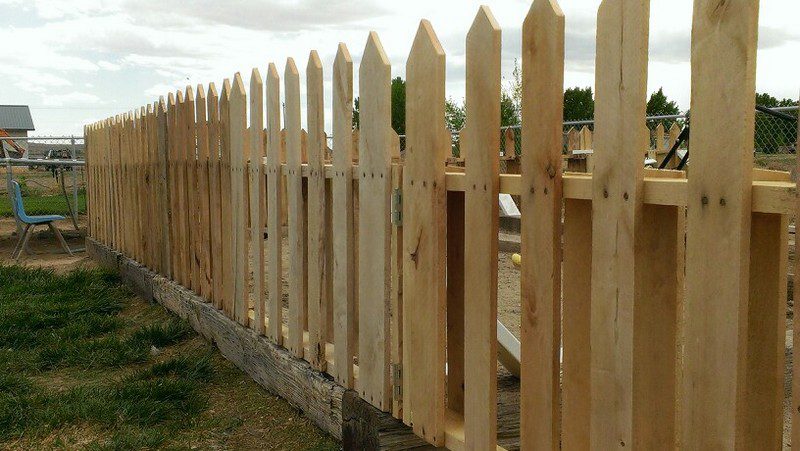
Uses of Pallet Fencing
Pallet fencing offers a versatile and eco-friendly solution for various outdoor needs. Not only is it cost-effective, but it also adds a rustic charm to your property while being functional. Here, we explore several creative and practical uses of pallet fencing, highlighting how this resourceful material can enhance different areas of your outdoor space.
Garden Enclosures
Pallet fencing is ideal for creating enclosed garden spaces. It protects your vegetable patches, herb gardens, or flower beds from pests and stray animals. By using pallet fencing, you can easily demarcate specific areas for different types of plants, ensuring that each gets the appropriate amount of sunlight and space to thrive.
Privacy Screens
Incorporate pallet fencing to create privacy screens around your patio or backyard. These fences serve as a barrier, providing privacy from neighbors or passersby. With pallet fencing, you can enjoy your outdoor spaces without worrying about intrusive glances, and it blends naturally with garden settings.
Property Dividers
Pallet fencing is an excellent choice for dividing larger properties into distinct sections. Whether you’re separating a recreational area from a gardening space or delineating property boundaries, pallet fences offer a visible and attractive division that is easy to install and relocate if necessary.
Decorative Perimeters
Enhance the aesthetic appeal of your property with decorative pallet fencing. This type of fencing can be painted or adorned with various decorations such as solar lights, climbing plants, or even artwork. Pallet fencing not only secures your property but also adds a personal touch to your home’s exterior.
Windbreaks and Sound Barriers
Pallet fencing can be strategically placed to act as a windbreak or sound barrier, especially in open or high-wind areas. By installing taller pallet fences, you can reduce the amount of wind that sweeps across your property, which is beneficial for areas with outdoor seating or delicate plants. Additionally, these fences can help dampen street noises, creating a quieter, more serene environment.
Each of these uses demonstrates the flexibility and functionality of pallet fencing, making it an invaluable choice for homeowners looking to enhance their outdoor spaces economically and sustainably.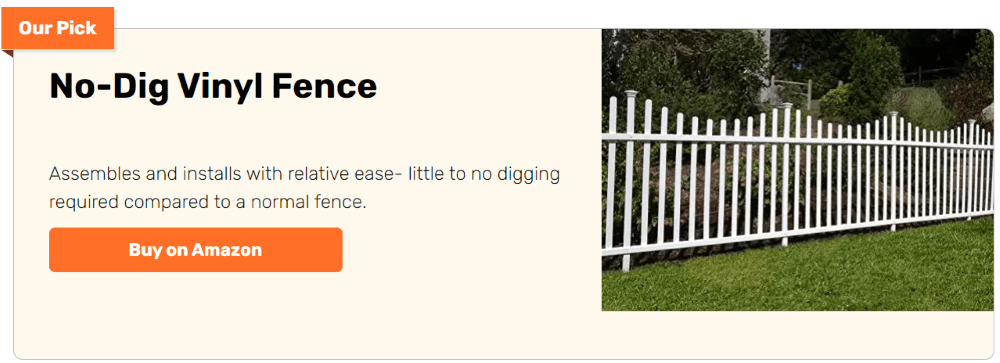
Safety Tips for DIY Pallet Fence Projects
Building a pallet fence is a rewarding DIY project that enhances your outdoor space while being budget-friendly. However, like any construction project, it’s essential to prioritize safety to prevent injuries and ensure a smooth process. Here are some crucial safety tips to keep in mind when embarking on your DIY pallet fence project.
Wear Appropriate Safety Gear
- Gloves: Wear sturdy gloves to protect your hands from splinters, nails, and rough surfaces.
- Eye Protection: Use safety goggles to shield your eyes from flying debris, especially when cutting or sanding pallets.
- Ear Protection: If you’re using power tools, ear protection like earplugs or earmuffs is recommended to protect your hearing.
Check Pallet Condition
- Inspect Pallets: Before using pallets, inspect each one for damage, loose nails, or rot. Discard any that are not sturdy or in good condition.
- Clean and Prepare: Clean the pallets to remove any dirt, debris, or potentially harmful chemicals. Sand down rough edges to prevent splinters.
Use the Right Tools
- Quality Tools: Ensure all tools are in good working condition. Dull blades or faulty equipment can increase the risk of accidents.
- Proper Handling: Familiarize yourself with how each tool operates, especially power tools. Follow the manufacturer’s guidelines for safe usage.
Secure the Work Area
- Stable Surface: Make sure your working area is stable and flat. Uneven surfaces can lead to slips or falls while working with heavy materials.
- Keep it Clean: Regularly clean the work area to remove wood scraps, sawdust, and other obstacles that could cause tripping.
Install Properly
- Secure Fastening: When attaching pallets to the posts, make sure each pallet is securely fastened to avoid collapse. Use the right length of nails or screws to ensure a solid build.
- Level and Align: Use a level to ensure your fence lines are straight and evenly aligned. An uneven fence not only looks poor but can also be less stable.
Handle Chemicals with Care
- Paints and Stains: If you’re painting or staining your pallet fence, do so in a well-ventilated area. Wear protective gear to avoid inhaling fumes and make sure to follow all safety instructions on the product labels.
Be Aware of Local Regulations
- Building Codes: Before starting your project, check local building codes and regulations regarding fence construction. This ensures your project adheres to safety standards and avoids legal issues.
Lift Properly
- Proper Lifting Techniques: Always bend at the knees and keep your back straight when lifting heavy pallets to avoid strain or injury. If possible, use a dolly or ask for assistance when moving them.
Stay Hydrated and Take Breaks
- Regular Breaks: DIY projects can be taxing. Make sure to take regular breaks to rest and stay hydrated, especially when working in hot weather.
Plan for Emergencies
- First Aid Kit: Keep a first aid kit nearby in case of minor accidents. It should include items like bandages, antiseptic, and ice packs.
Child and Pet Safety
- Secure the Area: Ensure that children and pets are kept away from the work area to prevent accidents. This includes making sure that tools and materials are out of reach when not in use.
Fire Safety
- Fire Prevention: If you’re cutting wood or using any equipment that generates sparks, have a fire extinguisher or water source nearby as a precaution.
By following these safety tips, you can enjoy the process of building your pallet fence while keeping yourself and others safe. Safety should always be the priority in any DIY project, and taking the necessary precautions will lead to a successful and satisfying outcome.
Check out these Pallet Fencing Ideas!
Click on any image to start the lightbox display. Use your Esc key to close the lightbox. You can also view the images as a slideshow if you prefer 😎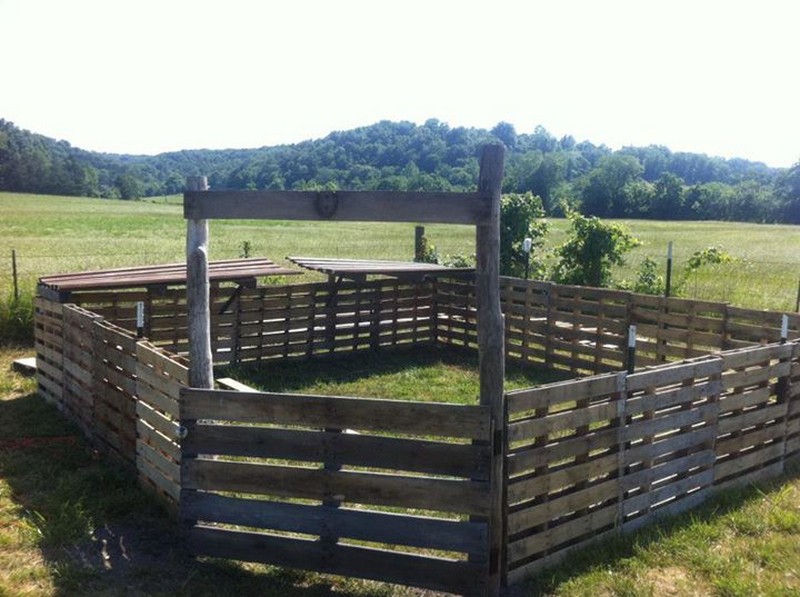

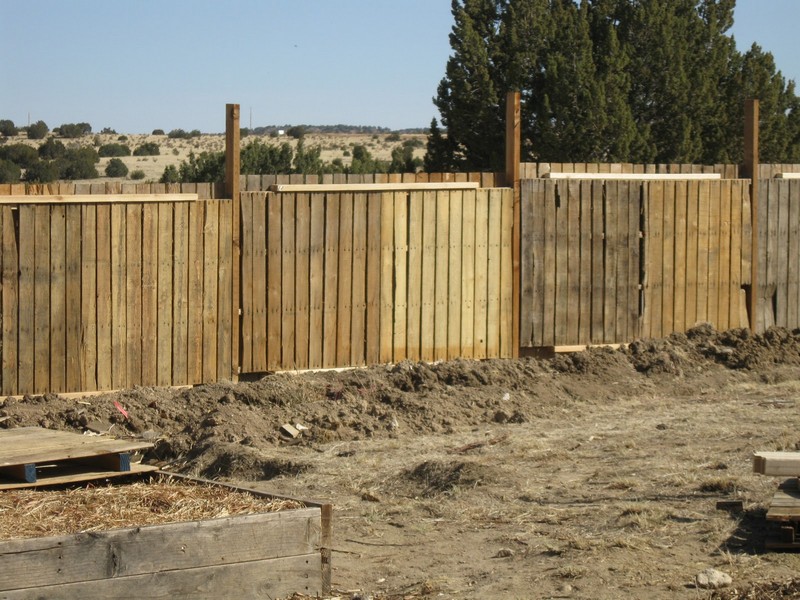
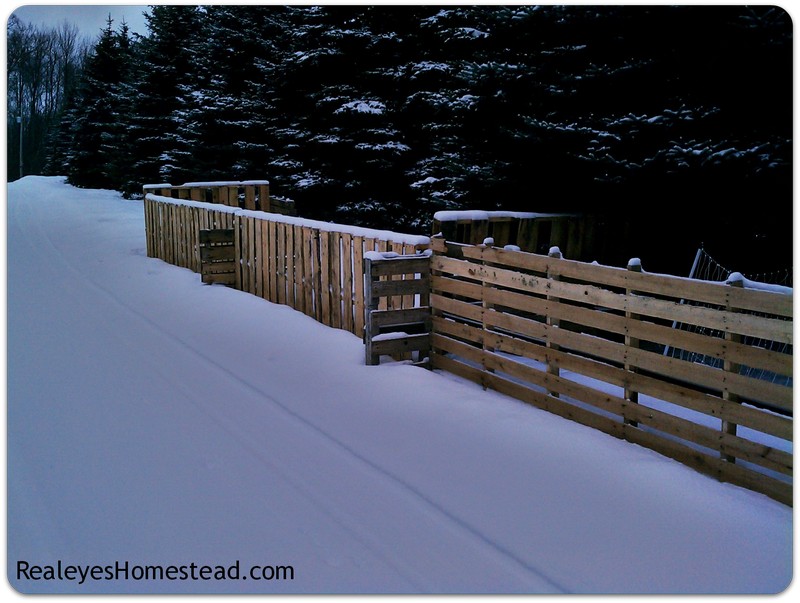
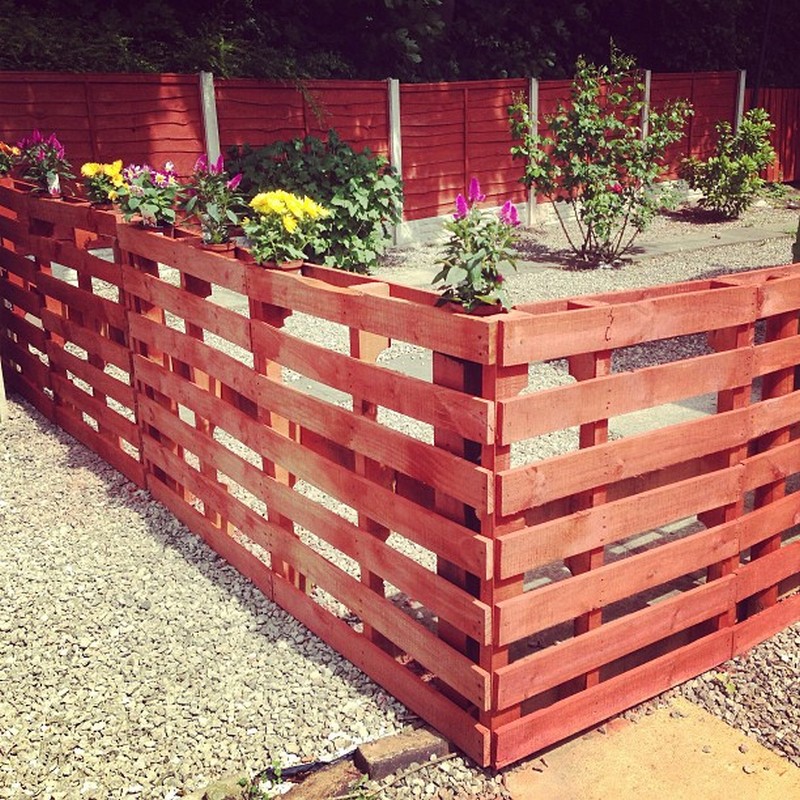

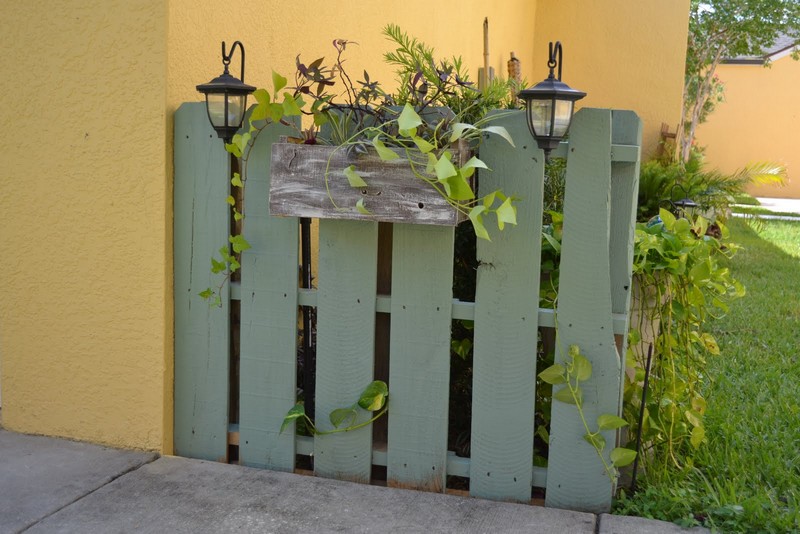
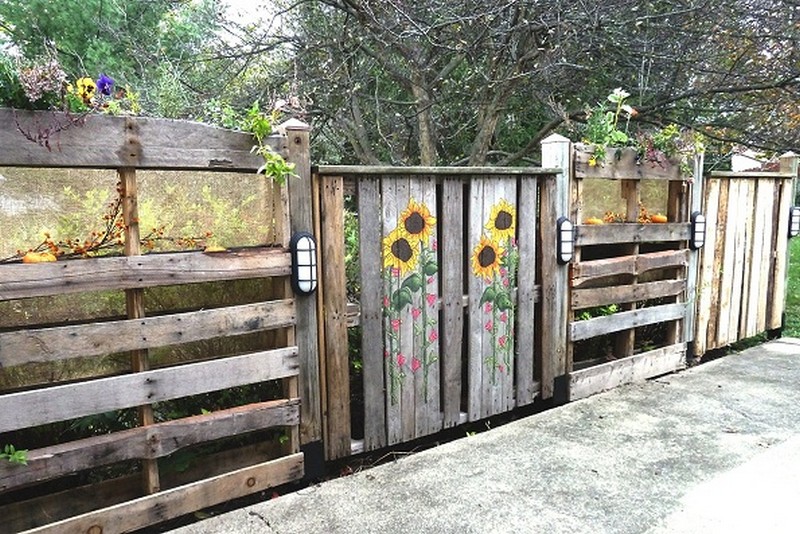

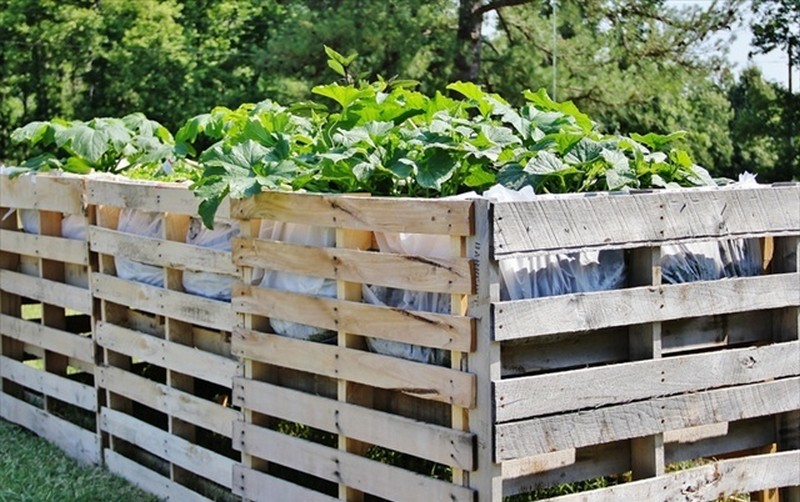
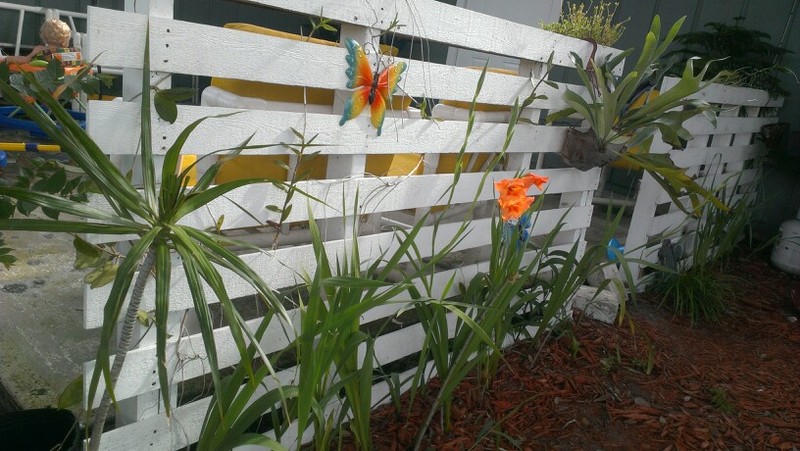
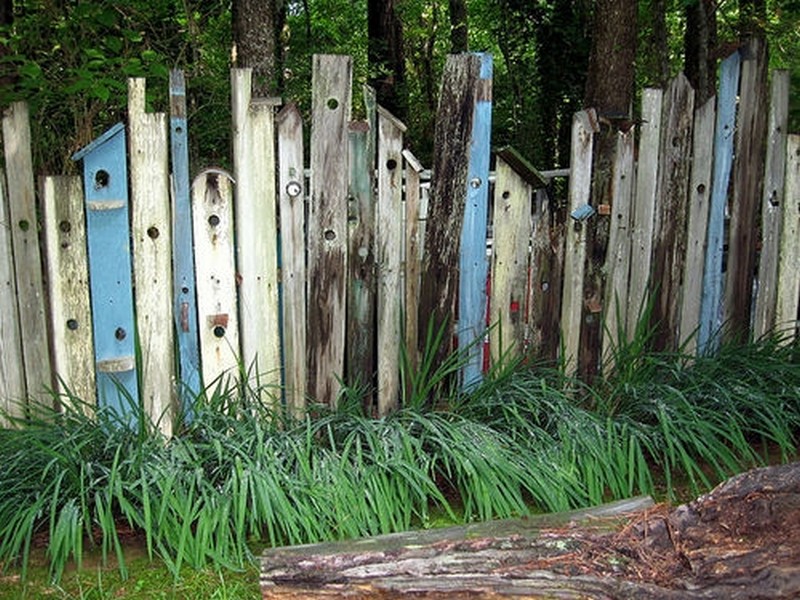
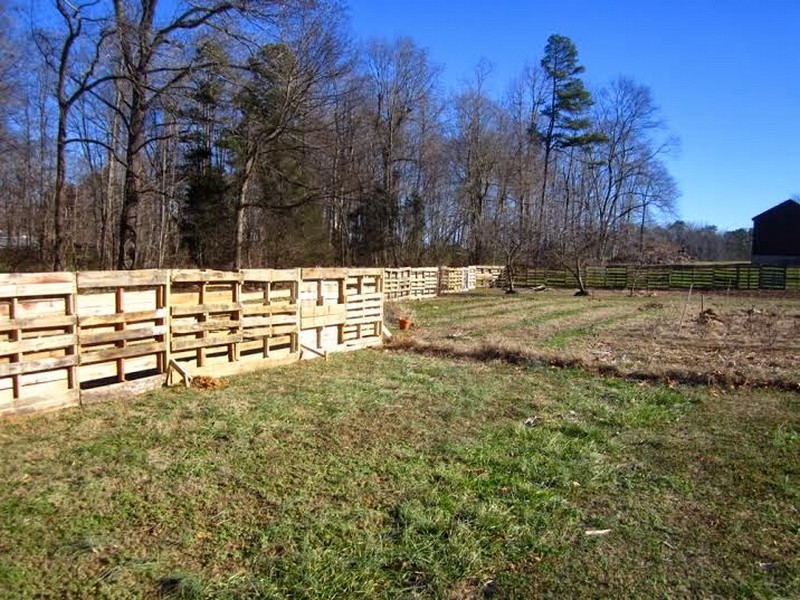
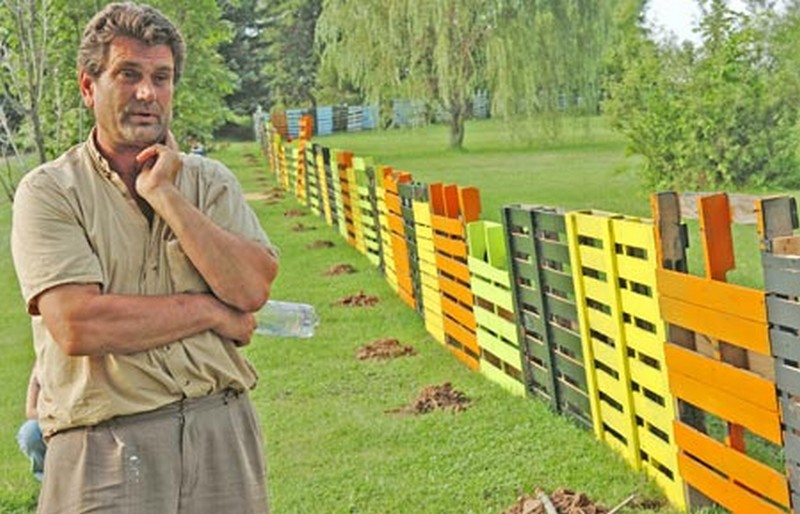
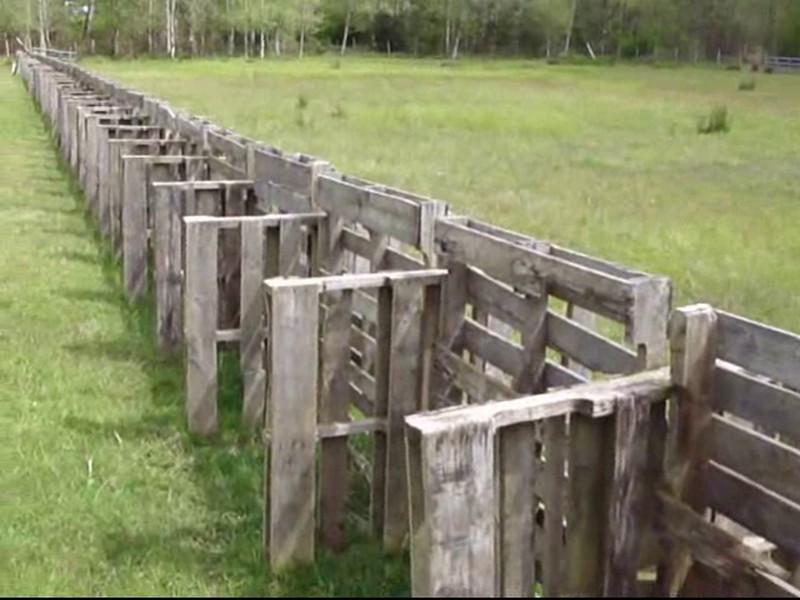
Learn how to build your own pallet fence by viewing this video here…
Conclusion
One great approach to recycle materials and improve the look and use of your outside area is to build a pallet fence. Together with providing security and seclusion, this affordable project also adds a rustic beauty to your home. You may build a sturdy and beautiful fence that suits your particular requirements with the correct equipment, planning, and safety precautions.
If you liked these, you will also like viewing these Recycling Ideas…

